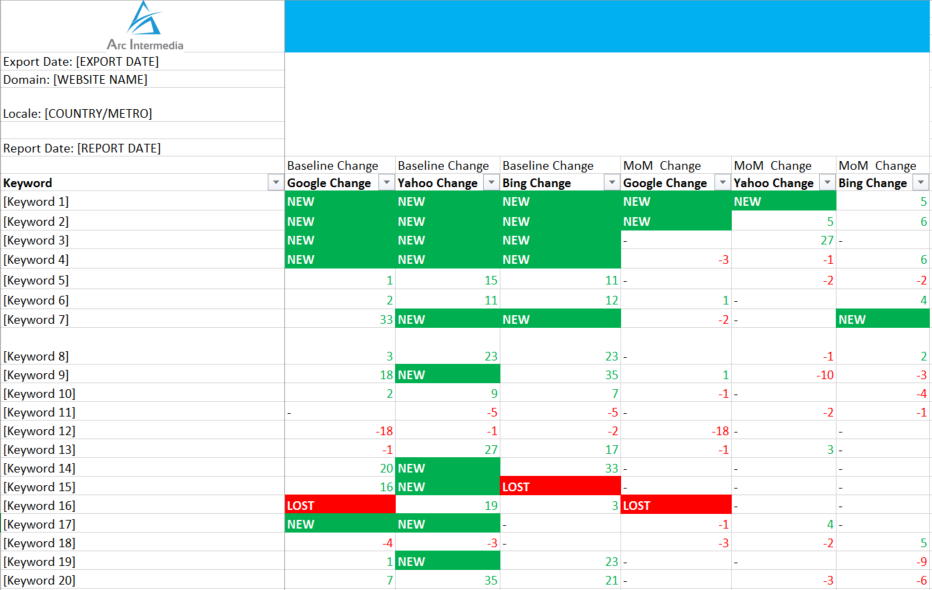Tube Rank: Your Guide to Video Success
Discover tips and insights for optimizing your video presence.
Climbing the Google Ladder: How to Rank Higher with Keywords
Unlock the secrets to outrank your competition! Discover powerful keyword strategies to elevate your blog's visibility and climb the Google ladder!
Understanding Keyword Research: The First Step to Climbing the Google Ladder
Keyword research is the cornerstone of any successful SEO strategy. It involves identifying the words and phrases that potential customers are using to search for products or services similar to yours. By understanding these keywords, you can tailor your content to meet the needs of your audience, ensuring that your blog ranks higher in search engine results. Start by utilizing tools like Google Keyword Planner or SEMrush to discover relevant keywords, their search volume, and competition level. This foundational step will not only guide your content creation but also enhance your overall marketing efforts.
Once you have compiled a list of keywords, it’s essential to categorize them based on intent. For example, some keywords may indicate a strong likelihood of conversion, such as 'buy shoes online', while others may be informational, like 'how to choose running shoes'. Organizing keywords into these categories can help you create a well-rounded content strategy that targets both informational and transactional queries. Remember, understanding the intent behind keyword searches is crucial to climbing the Google ladder and attracting the right audience to your blog.

The Power of Long-Tail Keywords: Boosting Your Search Rankings
Long-tail keywords are essential tools in the digital marketing landscape, particularly when it comes to improving your search rankings. Unlike short, generic keywords, long-tail keywords are more specific phrases that often consist of three or more words. For example, instead of targeting a competitive keyword like 'shoes,' a long-tail variant such as 'best running shoes for flat feet' can significantly enhance your visibility online. This specificity not only attracts a more targeted audience but also aligns closely with the user intent, ultimately leading to higher conversion rates.
Incorporating long-tail keywords into your SEO strategy can yield remarkable results. Here are a few key advantages they offer:
- Lower Competition: Long-tail keywords typically have less competition compared to their shorter counterparts, making it easier for your content to rank higher.
- Higher Conversion Rates: Users searching for specific phrases are usually further along in the buying process, meaning they are more likely to convert.
- Improved Content Relevance: Creating content that specifically targets long-tail keywords allows you to provide valuable information that meets the needs of your audience.
How to Optimize Your Content for Google: Best Practices for Higher Rankings
To optimize your content for Google, start by conducting thorough keyword research. Identify the terms and phrases that your target audience is searching for, and incorporate these keywords naturally throughout your content. Use tools like Google Keyword Planner or SEMrush to analyze search volume and competition for each keyword. Once you've identified your primary and secondary keywords, include them in critical sections of your content such as the title, headers, and within the first 100 words of your article. This not only signals to Google what your content is about but also enhances the likelihood of ranking higher in search results.
Another essential step in content optimization is to ensure your content is high-quality and engaging. Google prioritizes content that provides value to users, so focus on crafting informative, well-structured articles. Utilize subheadings to break up large blocks of text, making your content easier to digest. Adding lists, bullet points, and even multimedia elements like images and videos can greatly enhance user experience. Additionally, pay attention to meta descriptions and alt text for images, as these elements provide further context to search engines and help improve your SEO ranking.